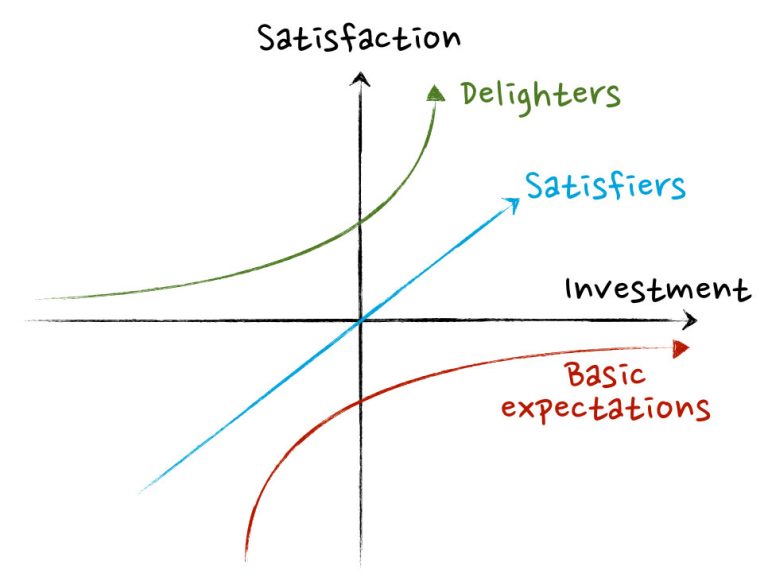Kano Model: A Method for Greater Customer-Centricity

Historically, companies that are customer-centered are far more profitable than those with other centers of attention. This trend of customer-focus has lead corporations to flourish and prosper in otherwise stagnant markets. Yet, how do you begin making your operations more customer-centric? For Six Sigma practicing professionals, the Kano Model is the best answer! In this article, we will analyze the Kano Model, how to use it, and how it can benefit you.
What is the Kano Model?
In the 1980s, a Japanese academician, Noriako Kano, sought out an innovative way to use data derived from surveys. This data provided insights in how existing products sold, how customers responded to changes in price or quality and offered ways to improve them. Additionally, surveys were administered at varying levels throughout the purchase process. As a result, this offered greater insight into how customers perceived products when they would purchase them, at what price, and what qualities they preferred.
Over time, Six Sigma has implemented the Kano Model into visualizing customer purchasing patterns. This allows companies to see which products customers want and what they expect. Likewise, it shows what aspect would encourage them to purchase a certain product over another. In return, companies become more customer-centric and can better provide what customers want, and more, at a more profitable approach.
What are Its Parts?
The Kano Model consists of three distinct parts each of which measures customer preferences. First, the model measures ‘Basics.’ These are product or service features that should be standard. Over time, customers have come to expect certain qualities from products and services. For example, when a customer visits a grocery store, they expect milk, eggs, and bread to be in stock. If these products are not, the customer will not be happy and take their business elsewhere. While customers do take certain products for granted, they do shape how customer-centric your organization is.
Next in the Kano Model is the metric, ‘Performance.’ Unlike the first measurement, Performance assesses what aspects of your products or services stand out from the competition. For example, if you operate an airline, a Performance metric would be offering greater seat size at the same cost as a competitor. Although the service and route flown may be identical, the minor difference in seat size separates your airline apart and improves your customer centricity.
Lastly, the Kano Model also measures ‘Excitement.’ This metric not only improves customer loyalty but solidifies your product and service as the market leader. Additionally, Excitement metrics provide unexpected add-ons to a product or service that customers do not know they want. However, once received, excites the customer and creates brand loyalty. An example of this metric would be Apple designing the iWatch. Although fitness-centered wristband gadgets are currently in the market, Apple’s product integrates itself into every aspect of your life. From receiving emails, answering phone calls, playing games, and measuring your heart rate, the iWatch offers more features customers did not know they wanted but now appreciate more than others.
Why Should You Use It?
When implementing the Kano Model, most companies want to refocus their attention to their customers. Yet, this is not the only benefit organizations will experience from using this method. In addition to improving customer centricity, the Kano Model will enhance your corporate culture. Examples of this include increasing communication between staff and customers and better understanding what ways will improve your products and services.


